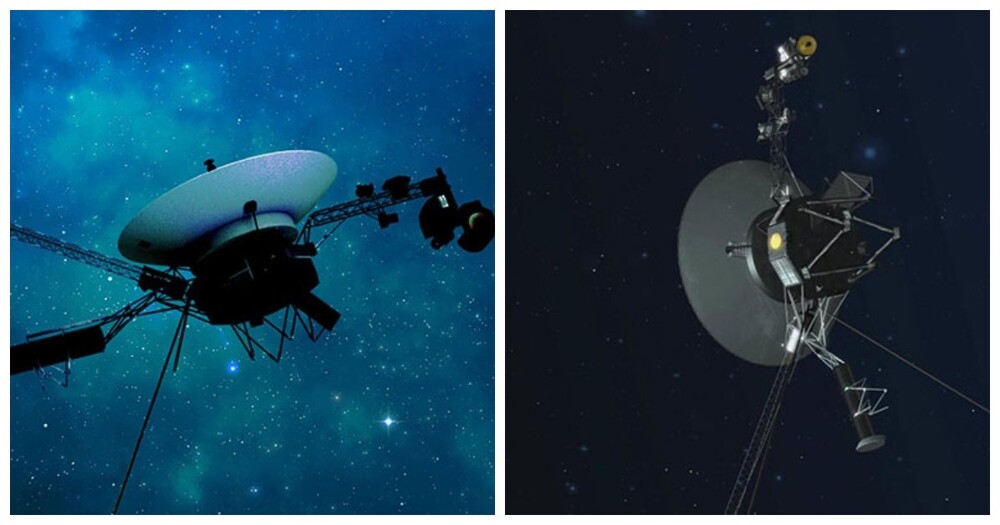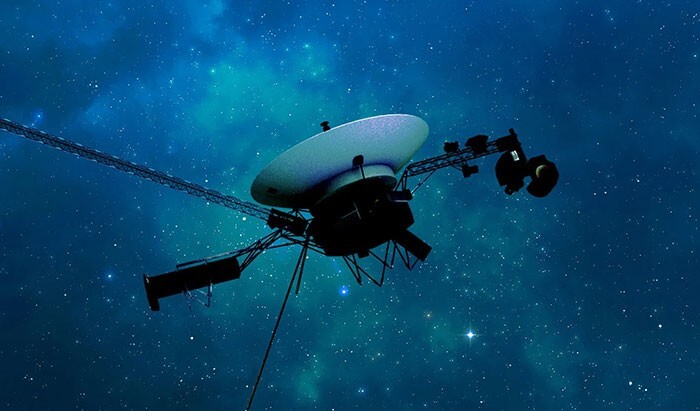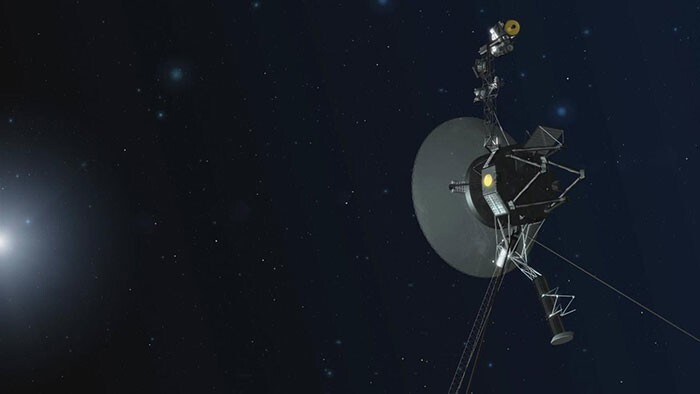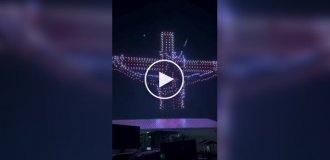NASA engineers shared good news: Voyager 1, which has been traveling through space for 46 years, sent data back to Earth after months of silence. 
NASA has been working for the past five months to troubleshoot the craft, which is currently located about 24 billion kilometers from Earth. On Monday, April 22, it announced a successful test of “the health and condition of the most remote human-made object in existence.”
“Today was a great day for Voyager 1,” said Linda Spilker, Voyager project scientist at JPL, as quoted by CNN. — We are in contact with the spacecraft again. And we look forward to the return of scientific data.”
The 46-year-old spacecraft stopped sending readable data to Earth on November 14, 2023. The controllers indicated that Voyager 1 was receiving their commands, but the system went into a loop, sending back unintelligible code. 
In March, a team of engineers discovered that the problem was with a critical chip in one of the spacecraft's three onboard computers, called the flight data subsystem (FDS). It is the FDS that is responsible for packaging the data before sending it to Earth.
“The team discovered that one chip responsible for storing part of the FDS memory, including part of the FDS computer code, was not working,” NASA said in a statement.
The space agency then developed a code solution that successfully overcame the 46-year-old computer system and restored proper data reception. For the first time since November, Voyager 1 is returning usable data about the condition and health of its onboard engineering systems. The next step is to enable the spacecraft to begin receiving scientific data again.
This probe and its twin, Voyager 2, are the only spacecraft to ever fly in interstellar space. 
Launched in 1977, Voyager 1 is a pioneering space probe currently making its way through interstellar space. It is the most distant human-made object from Earth and continues to provide scientists with valuable data that allows them to peer into the far reaches of our solar system and beyond.
During the journey of both devices into space, scientists have previously encountered communication problems. In 2020, the NASA team did not receive any messages from Voyager 2 for seven months. But in the process of work these problems were solved.
“We never know for sure what will happen with Voyagers, but I am constantly amazed that they continue to work,” says project manager Suzanne Dodd. — We had many anomalies, and they are becoming more and more complex. But so far we have managed to overcome them. And the mission continues. And young engineers come to our team and invest their knowledge to ensure that the mission continues.”
Add your comment
You might be interested in:























